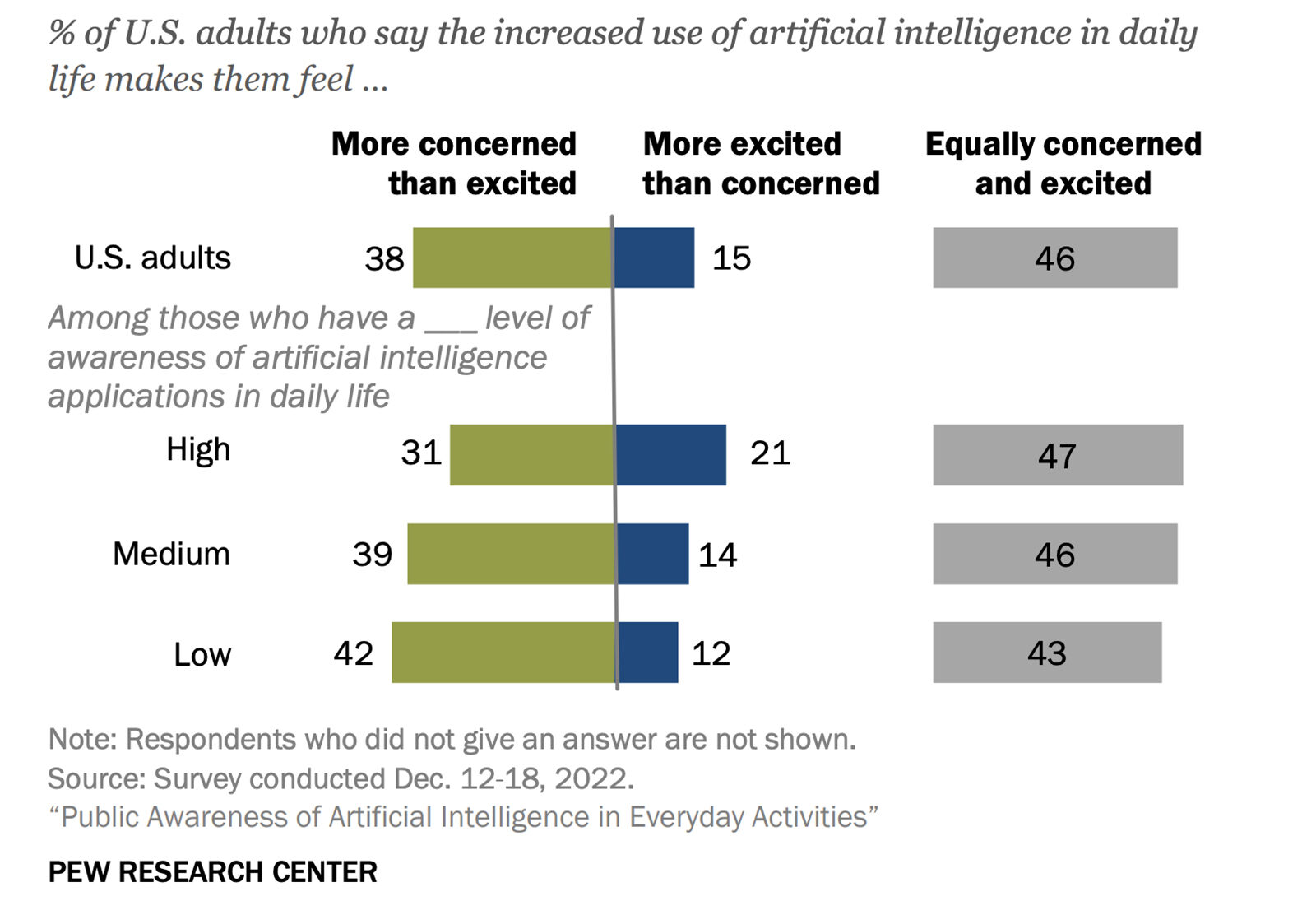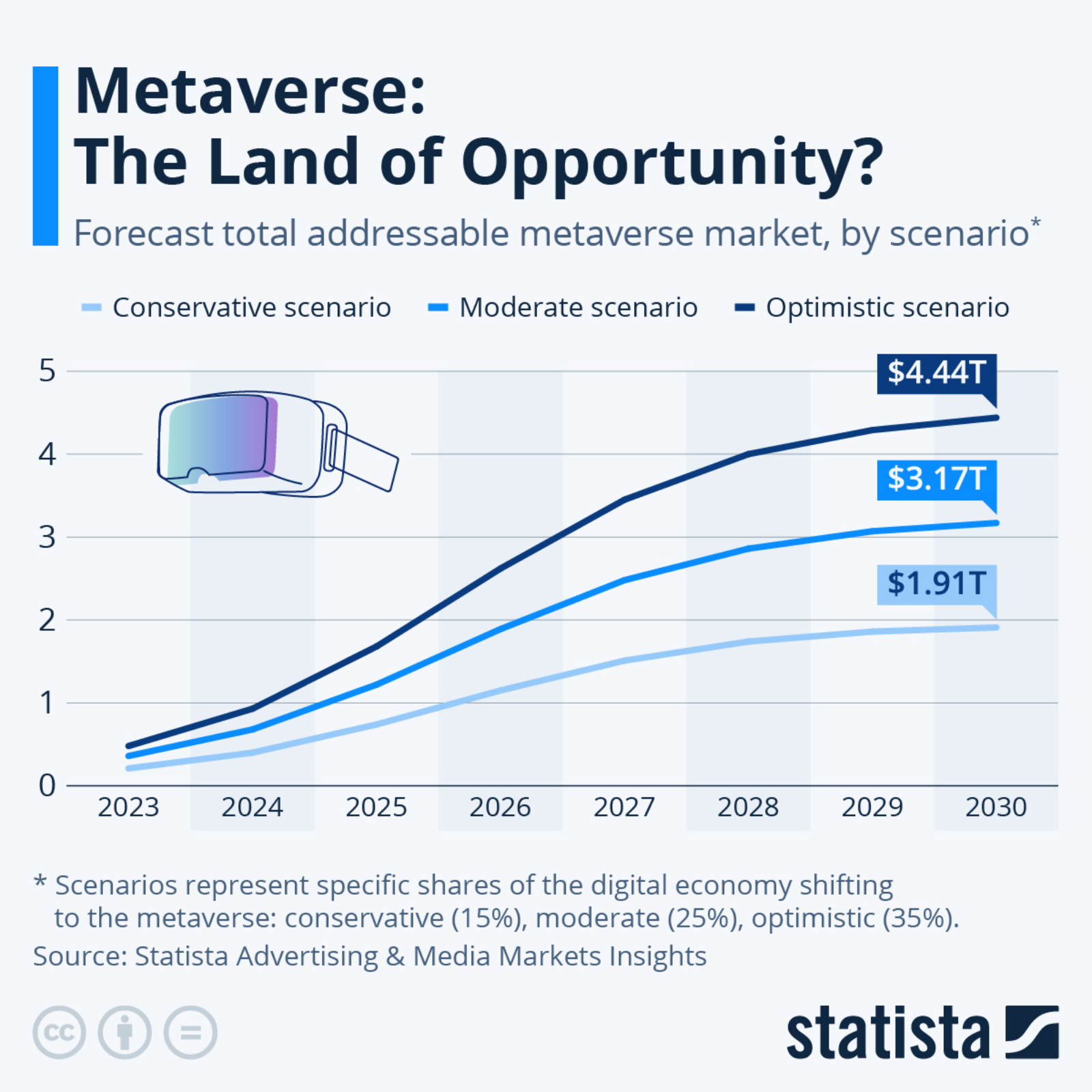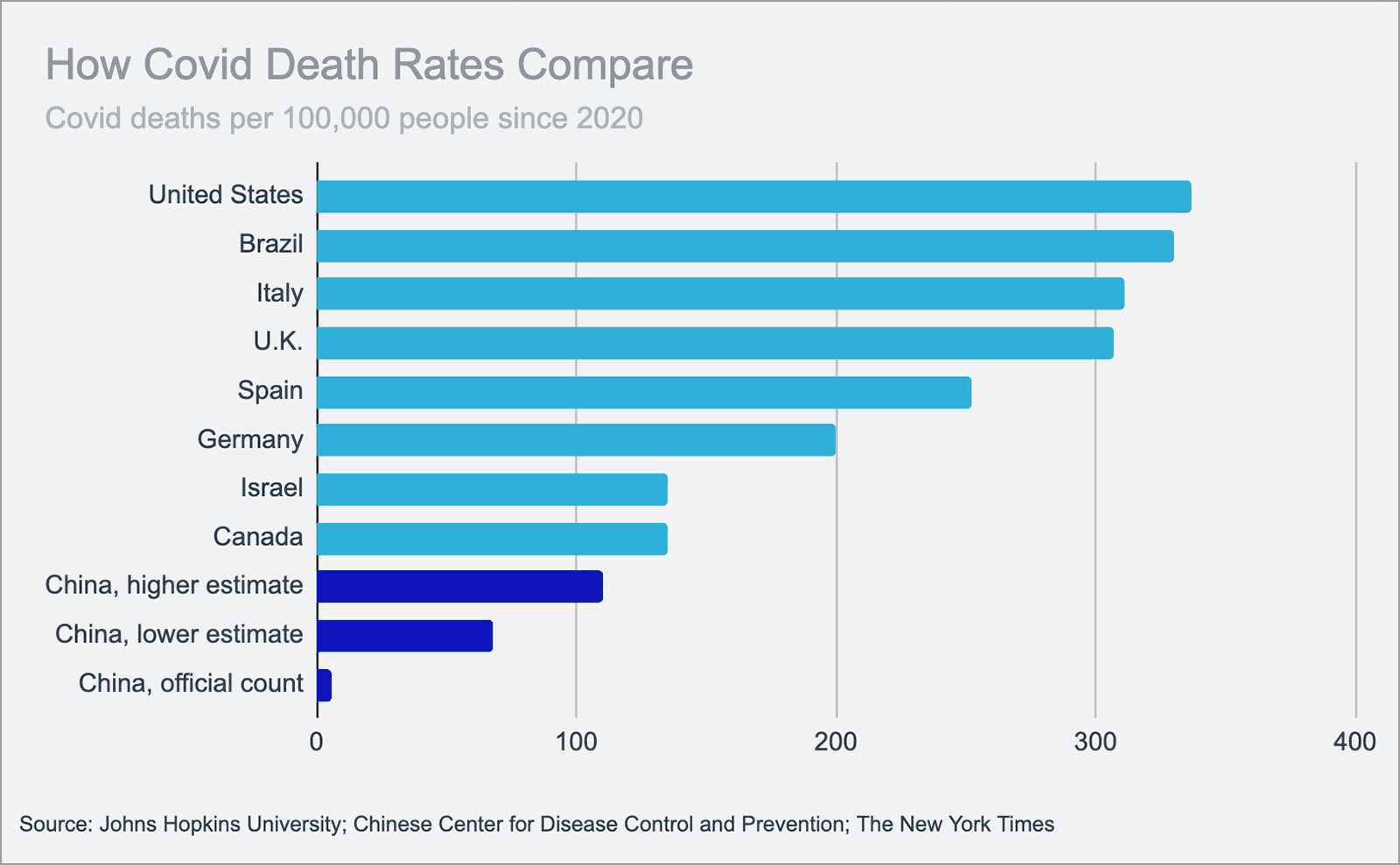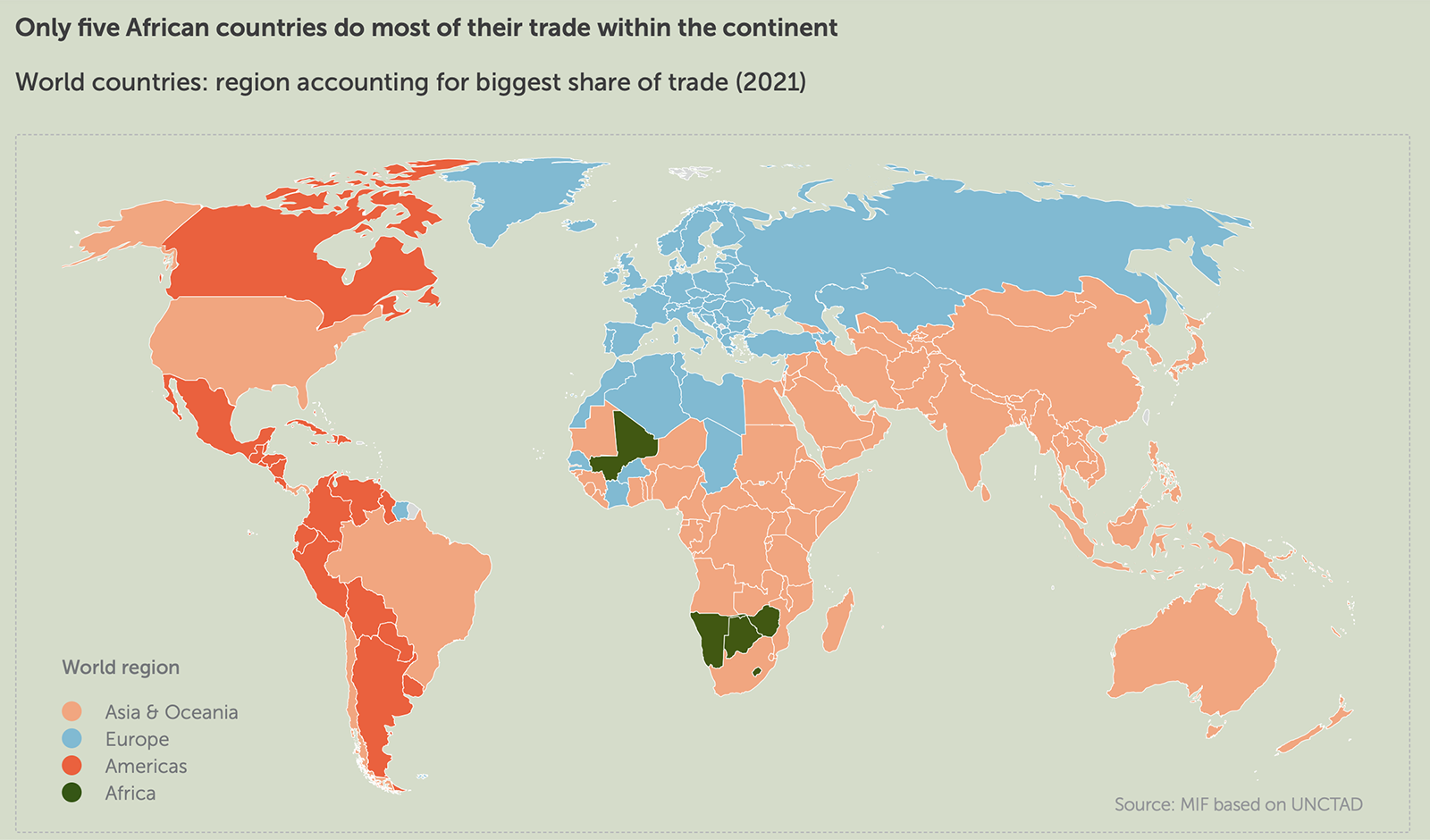BRINK: 2022 by the Numbers

A health care worker in Shenzhen, China, administers a test for COVID-19. China's zero-tolerance COVID policy has continued for two years, locking down major hubs of economic activity.
Photo: Unsplash
BRINK is a platform dedicated to issues of global risk and resilience, and elevated concern about risk in this volatile year showed in the significant growth in BRINK’s audience: Overall traffic to BRINK’s site in 2022 grew 40% compared to 2021.
In a year that saw Russia’s invasion of Ukraine, China’s extended COVID lockdown, widespread inflation, and the prospect of global economic recession, the three top-performing pieces on BRINK were:
Why Does China Persist With Its Zero-COVID Strategy? by Xianbin Yao, De LaSalle University Manila
How the Ukraine Conflict Is Impacting India’s Economy by Venkatachalam Anbumozhi, Economic Research Institute for ASEAN and East Asia
What Is the Future of NFTs? by Yan Ketelers, Venly
And the most popular pieces in each of our categories were as follows:
Economy:
How the Ukraine Conflict Is Impacting India’s Economy
The Pilot Shortage Will Only Get Worse As the Decade Progresses
How Inflation Is Impacting Constructions Projects
Environment:
Germany Can Lead a Green Hydrogen Revolution
Practicing for Disasters: How One Ski Town Prepared for the Worst
How Are Corporations Responding to Climate Change? (BRINKEvent)
Geopolitics:
75 Years On, India and Pakistan Remain Enemies
Why Is Autocracy So Appealing? (podcast)
Italy’s Right Turn Is About Cultural Issues (podcast)
Society:
Why Does China Persist With Its ‘Zero-COVID’ Strategy?
What Should We Do With All the Empty Offices?
How Do You Avoid Retirement Boredom?
Technology:
India Has Become a Major Player in Low-Orbit Space
The Metaverse: A 5-Year Forecast of How It Will Affect Your Business
In Practice:
Are You Happy to Be Electronically Monitored by Your Company?





